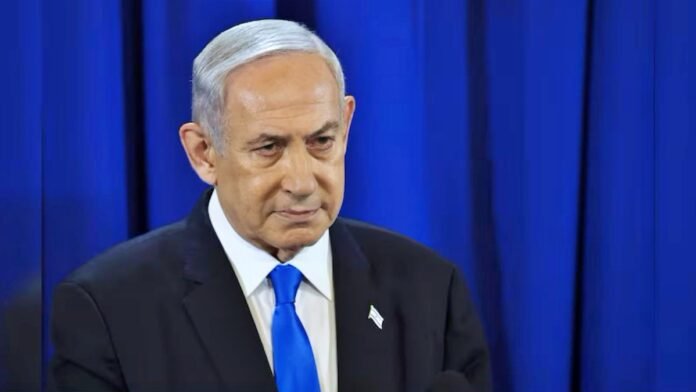
Key Points:
- Ceasefire in Question: A ceasefire agreement between Israel and Hamas, brokered by Qatar, is on the brink of collapse just 17 hours after its declaration.
- Ongoing Violence: Despite the truce, Israeli airstrikes reportedly continued, resulting in 72 fatalities.
- Netanyahu’s Stand: Israeli Prime Minister Benjamin Netanyahu refused to convene a cabinet meeting to approve the deal, accusing Hamas of reneging on the agreement.
- Prisoner Exchange: The agreement included a 42-day ceasefire with provisions for a prisoner exchange 33 Israeli hostages for 250 Palestinian prisoners.
- International Mediation: The truce was mediated by Qatar and Egypt, with backing from the United States, including a statement of support from former US President Donald Trump.
Jerusalem: The fragile ceasefire between Israel and Hamas, hailed as a major breakthrough after months of conflict, is already at risk of disintegration. Despite its announcement, violence resumed, raising doubts over the deal’s viability.
Details of the Ceasefire Agreement
The agreement, finalized through Qatari mediation and supported by Egypt and the United States, aimed to halt hostilities for 15 months with a phased approach. Key provisions included:
- Prisoner Exchange:
- Hamas agreed to release 33 Israeli hostages.
- In return, Israel was to release 250 Palestinian prisoners.
- Troop Withdrawal:
- Israeli forces were to retreat 700 meters as part of the initial phase of the ceasefire.
- Mediation and Oversight:
- Qatar played a pivotal role in brokering the deal, with former US President Donald Trump expressing optimism over its success.
Breaking Down the Collapse
- Unfulfilled Conditions:
Israeli Prime Minister Netanyahu accused Hamas of renegotiating terms at the last minute. Hamas officials, however, denied these allegations, stating their adherence to the original agreement. - Continued Violence:
Despite the declared ceasefire, Israeli airstrikes reportedly continued, causing 72 deaths and undermining trust in the truce. - Cabinet Refusal:
Netanyahu’s refusal to convene a cabinet meeting for formal approval of the deal further delayed its implementation, intensifying tensions on both sides.
Reactions and Implications
- Netanyahu’s Statement:
“Hamas is demanding concessions until the very end, jeopardizing the agreement’s success.” - Hamas Response:
Officials claimed they remained committed to the deal, blaming Israel for violations. - International Concerns:
Qatar and Egypt, alongside the US, expressed disappointment over the lack of progress, urging both parties to honor their commitments.
Future Outlook
The ceasefire, initially hailed as a step toward lasting peace, now teeters on the edge of collapse. With accusations flying between Israel and Hamas, the road to conflict resolution remains fraught with challenges. The international community’s role in mediating and ensuring adherence to agreements will be crucial in the coming days.
The unfolding crisis highlights the fragility of ceasefire agreements in deeply entrenched conflicts. While the international community remains hopeful for peace, the persistent mistrust between Israel and Hamas underscores the need for stronger oversight and accountability to prevent further escalation.




















































